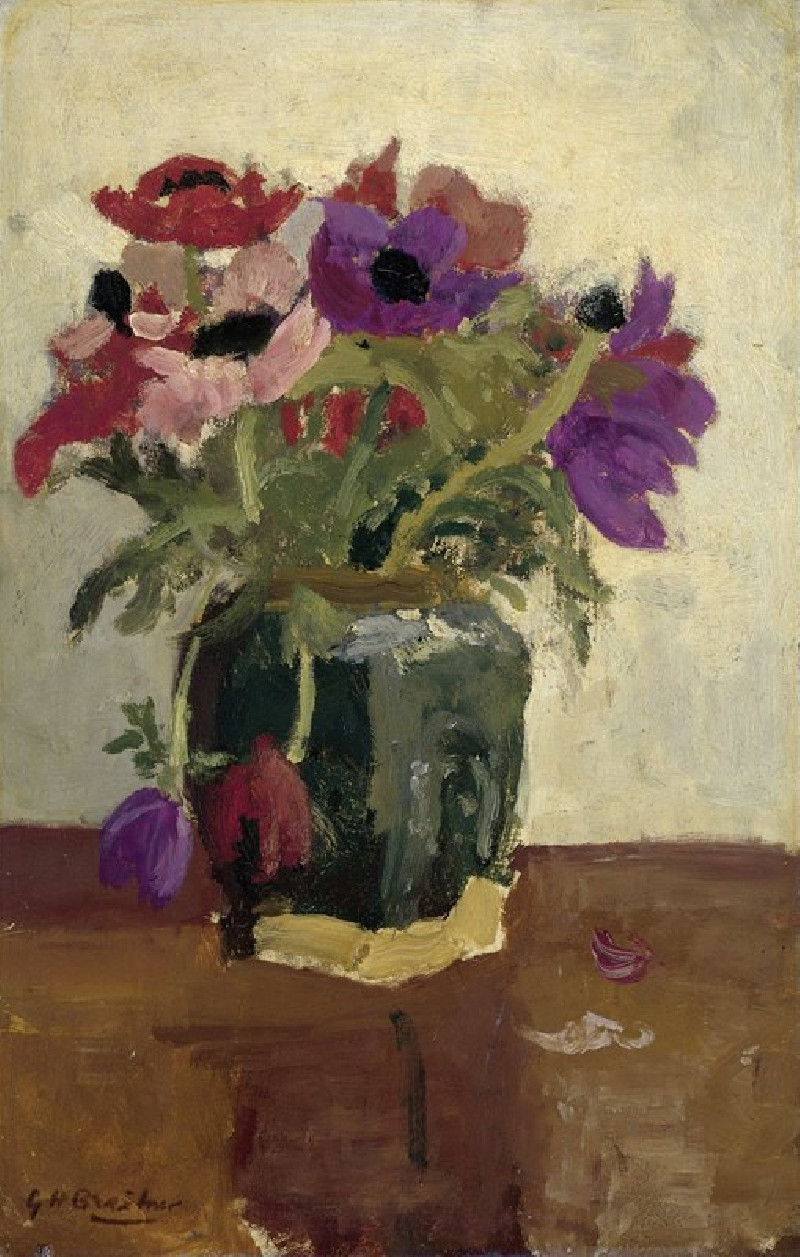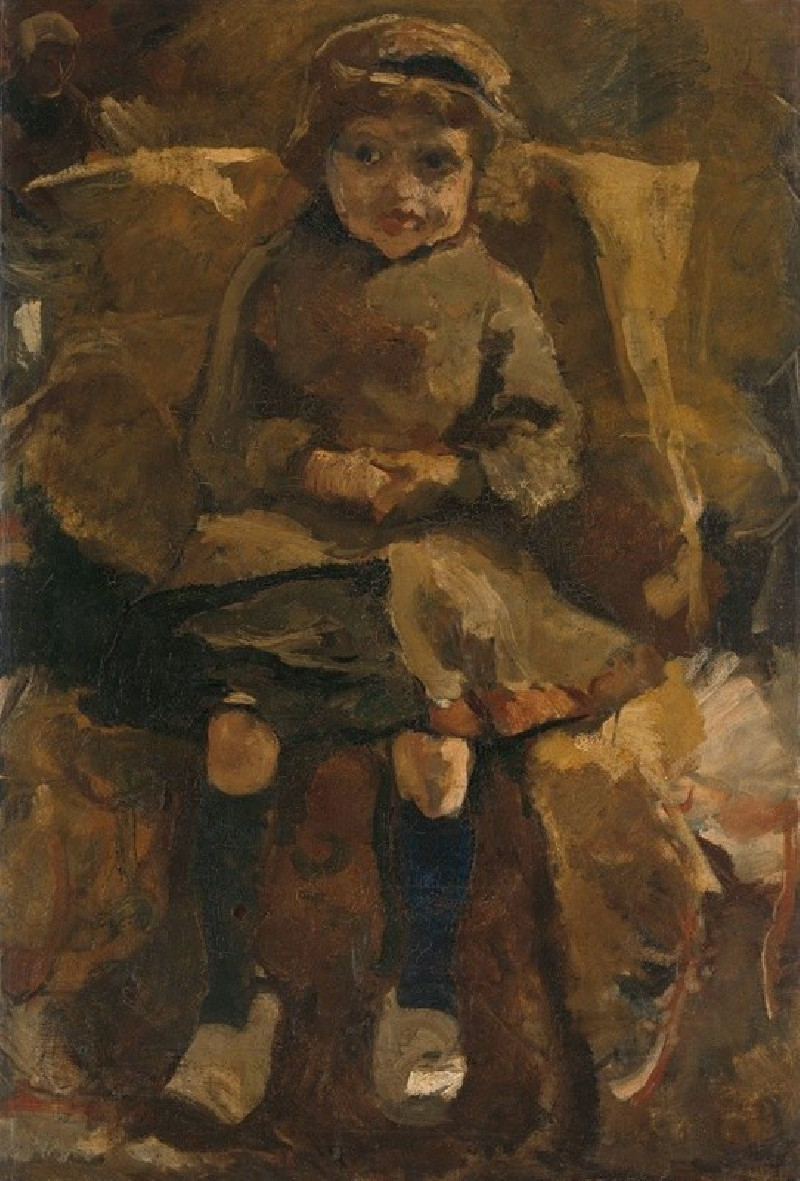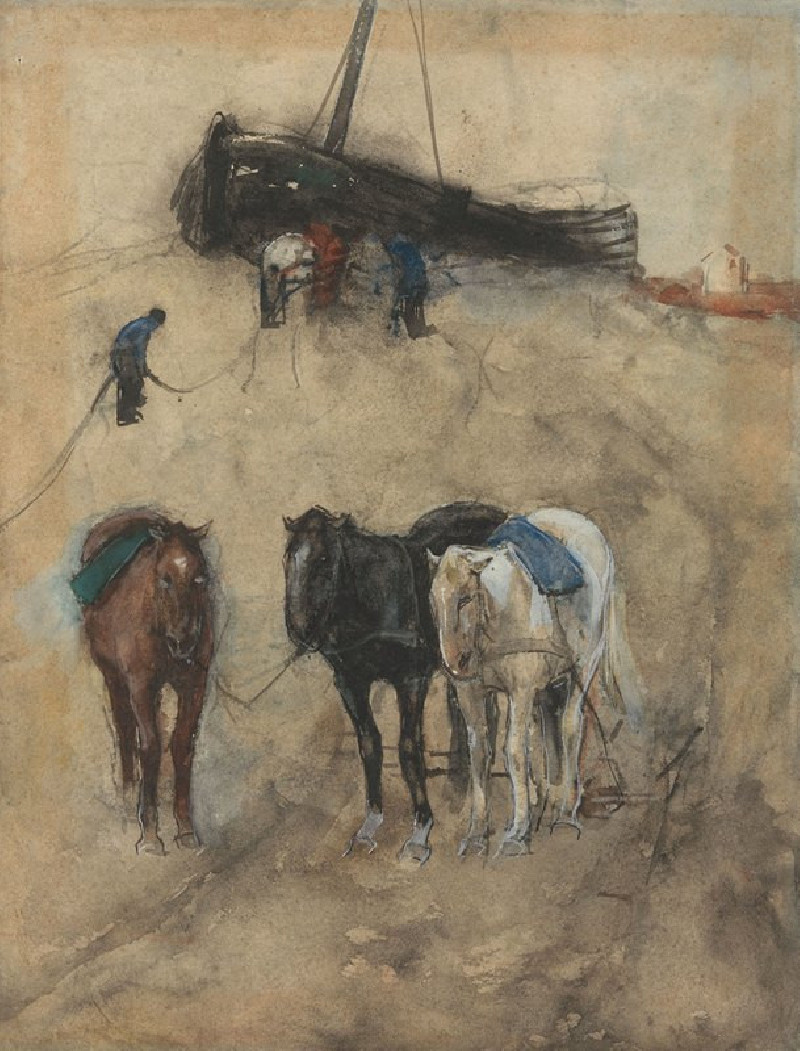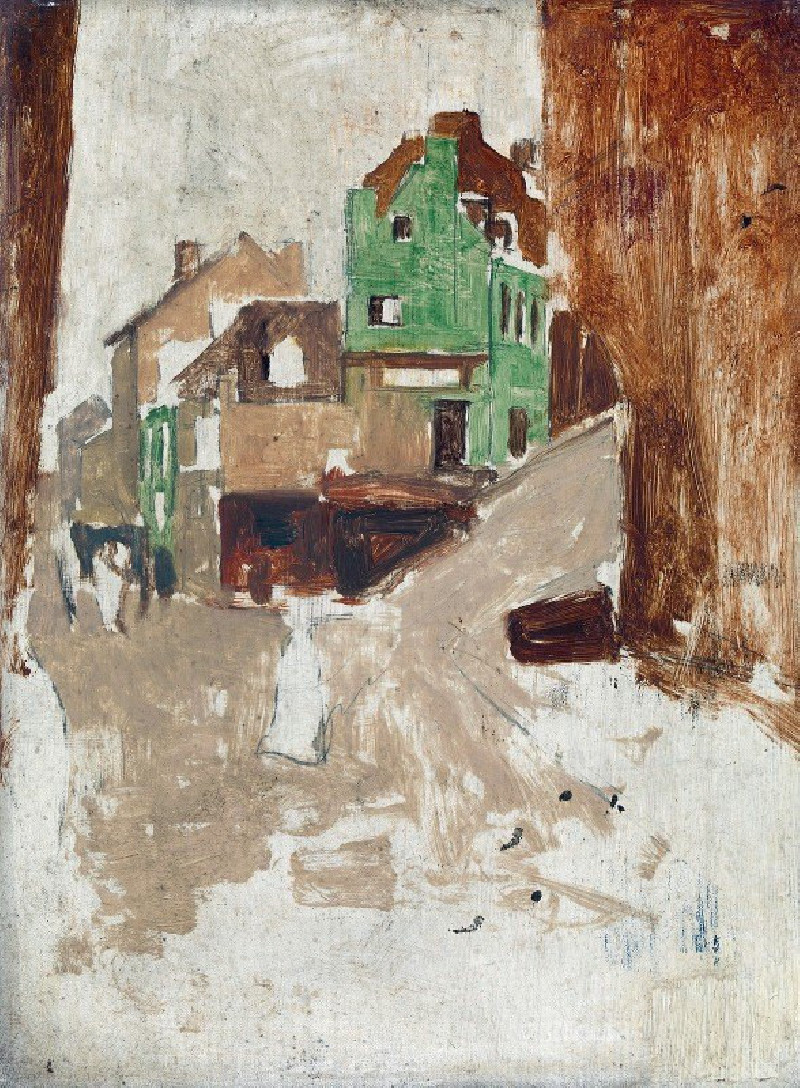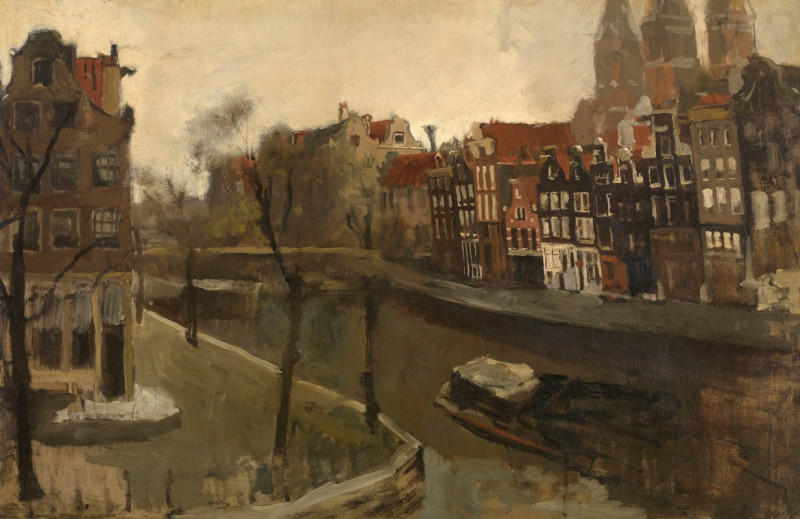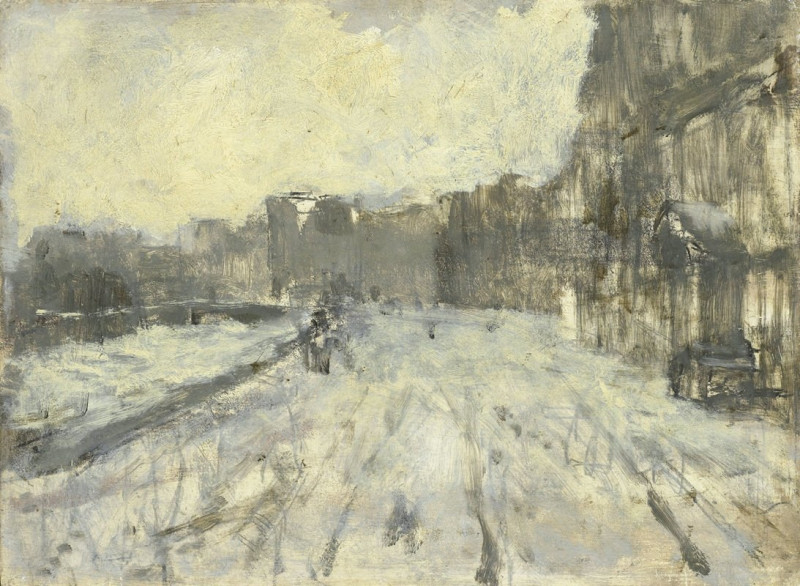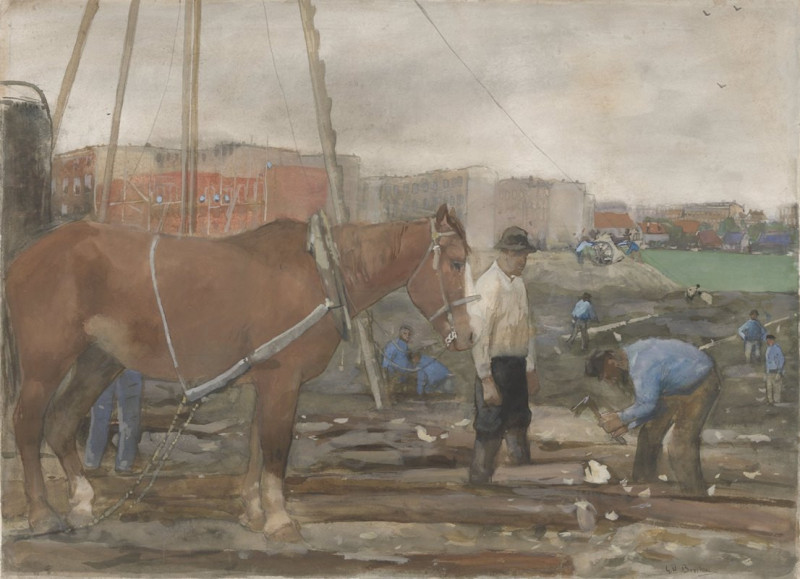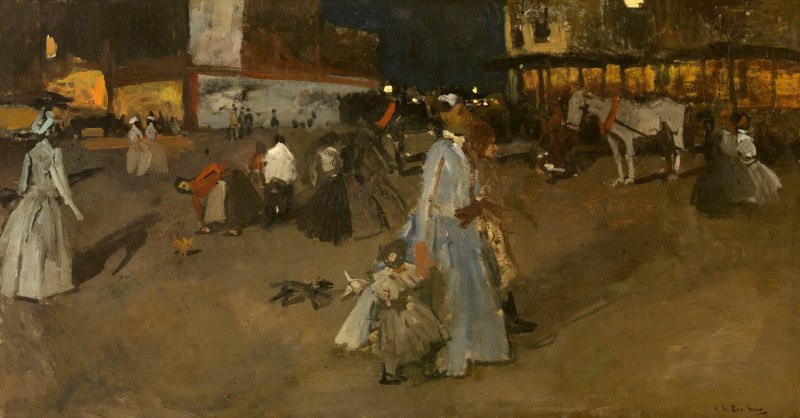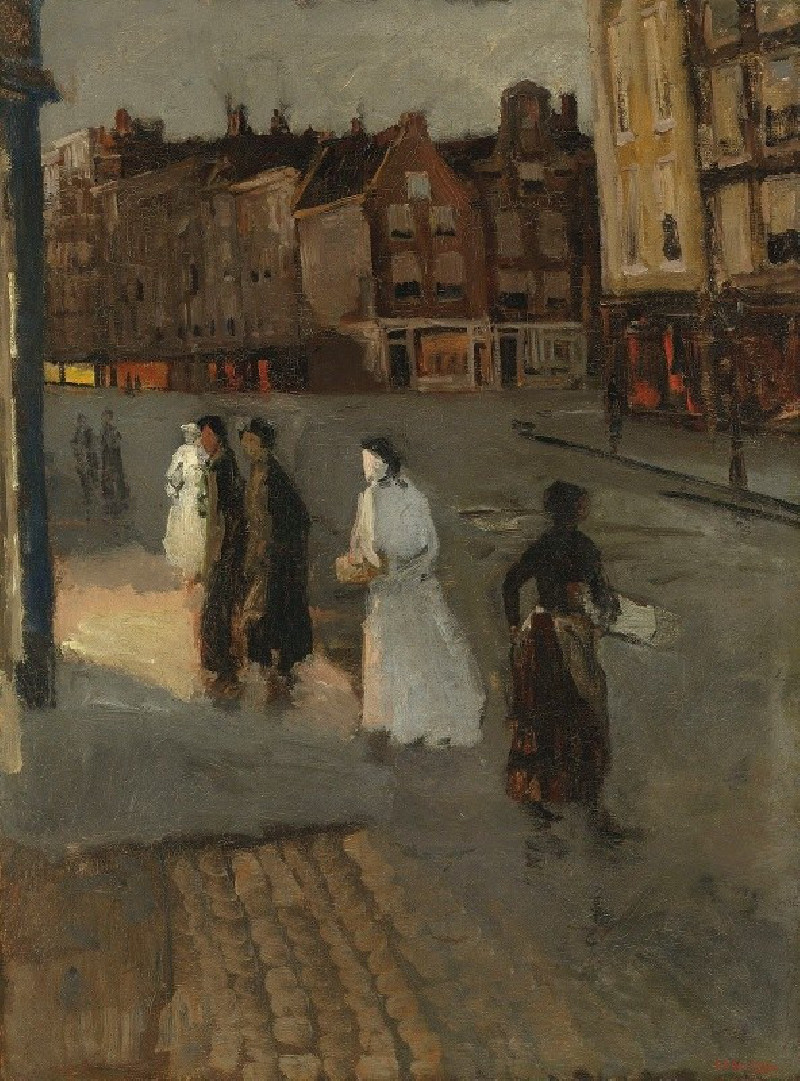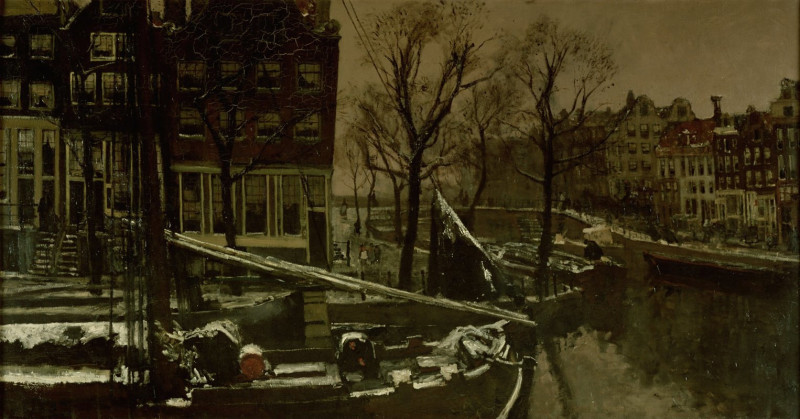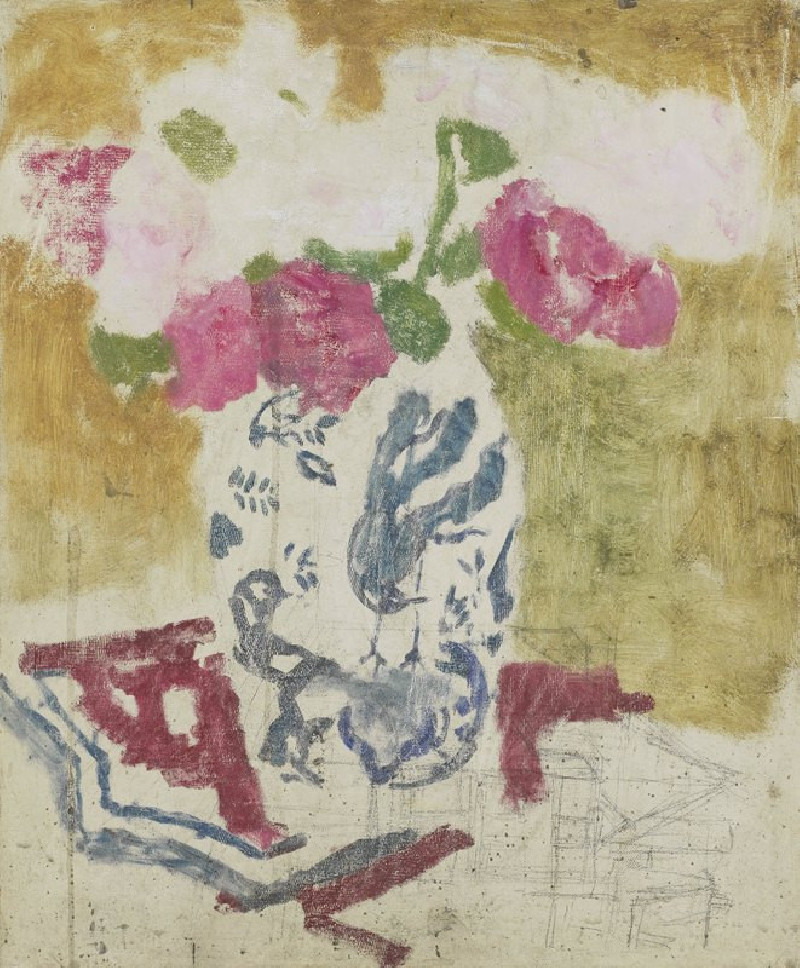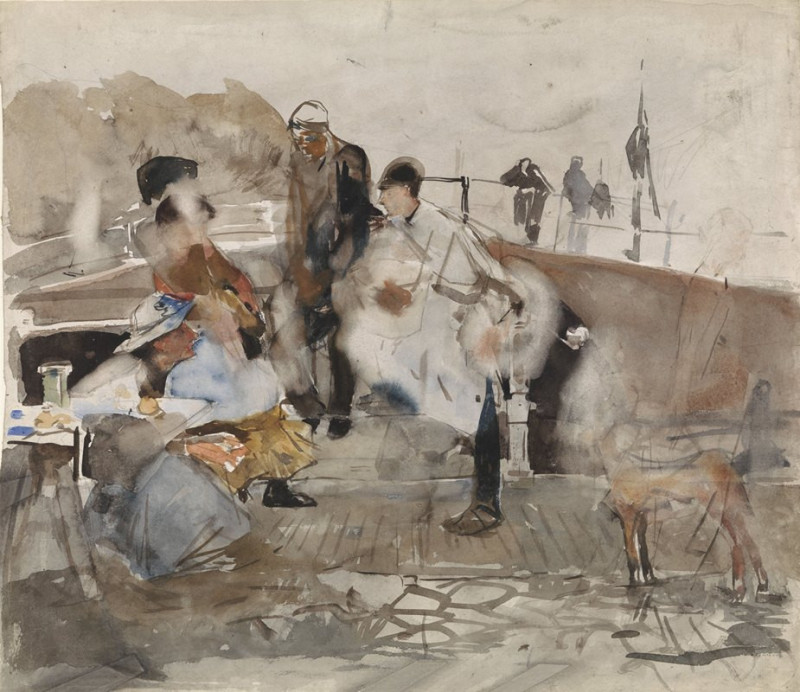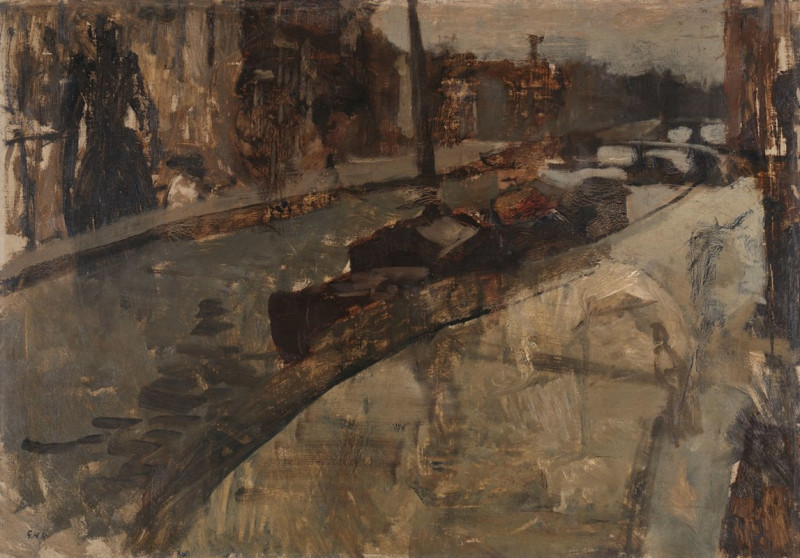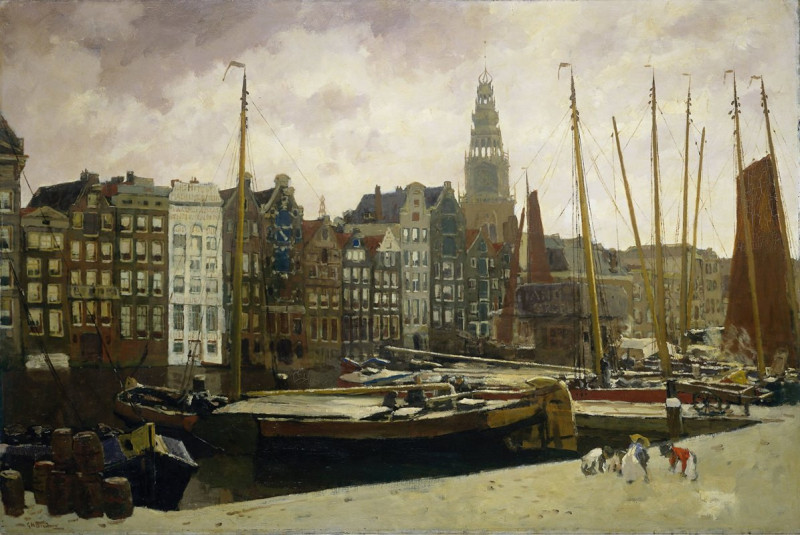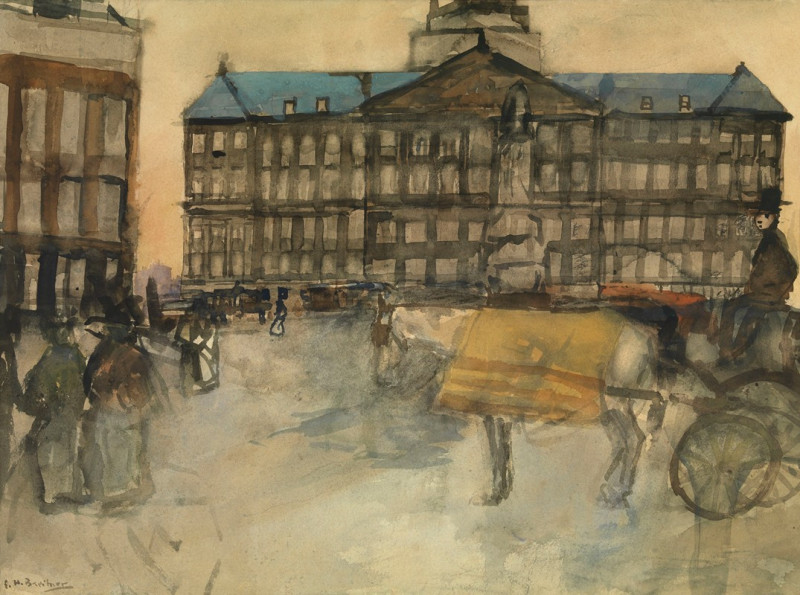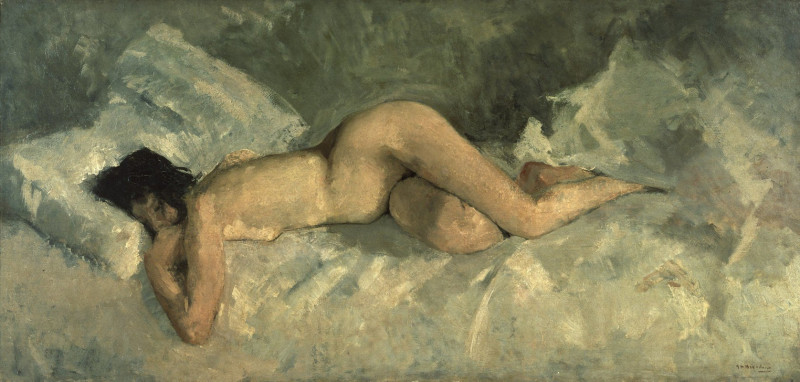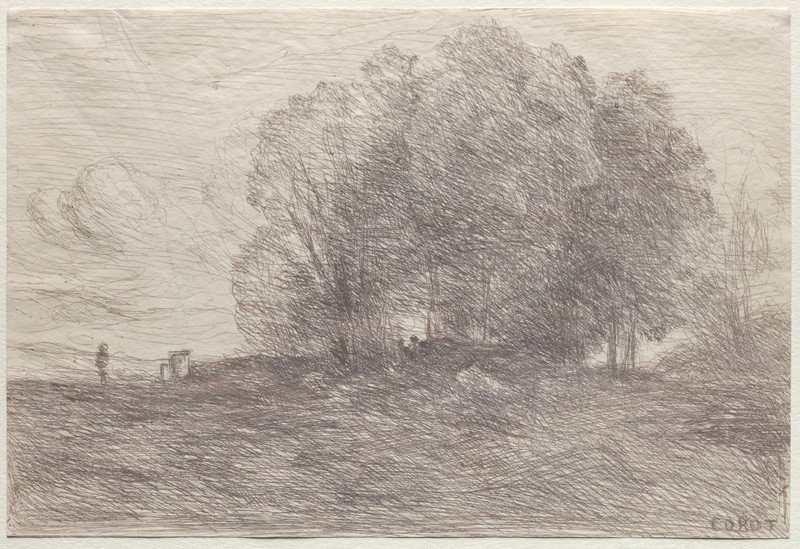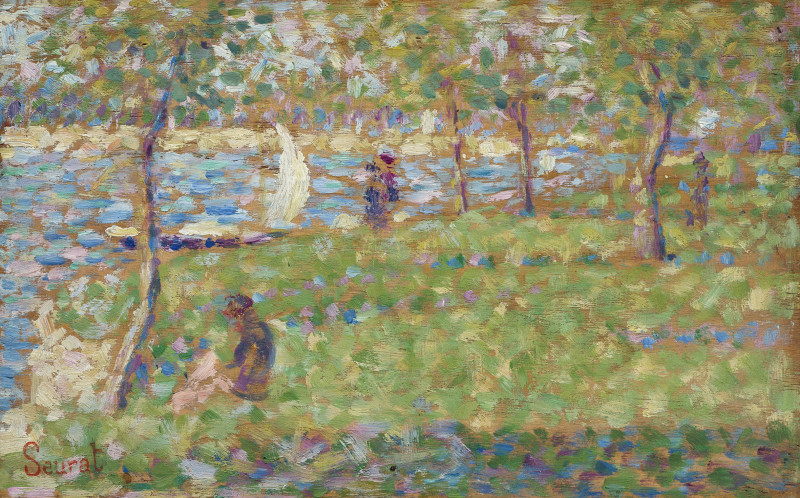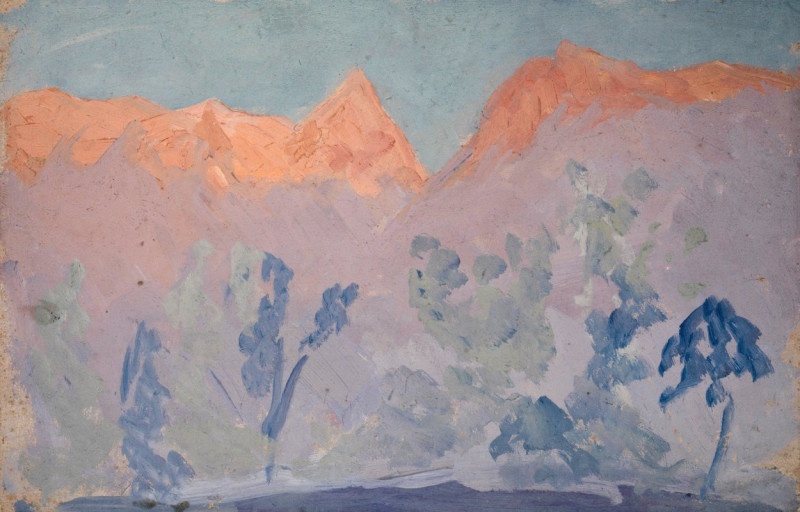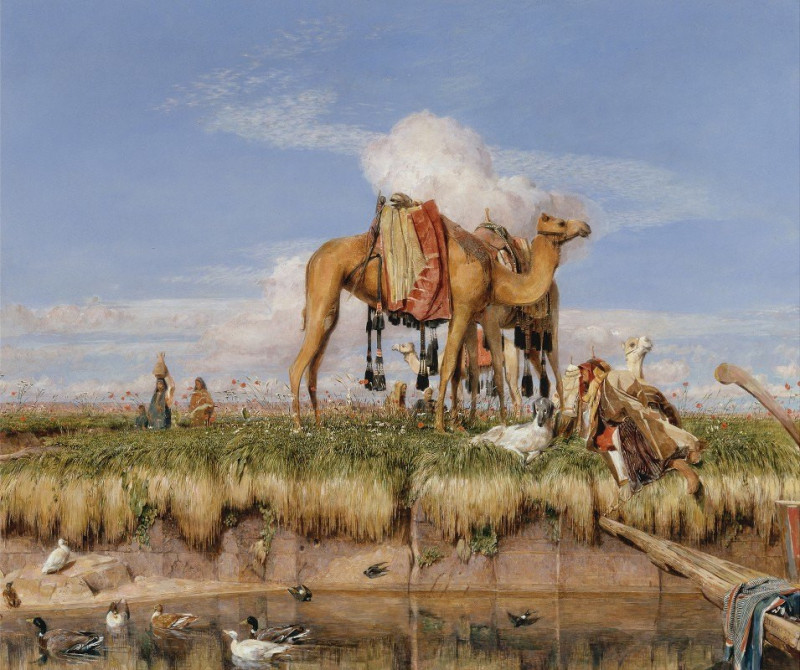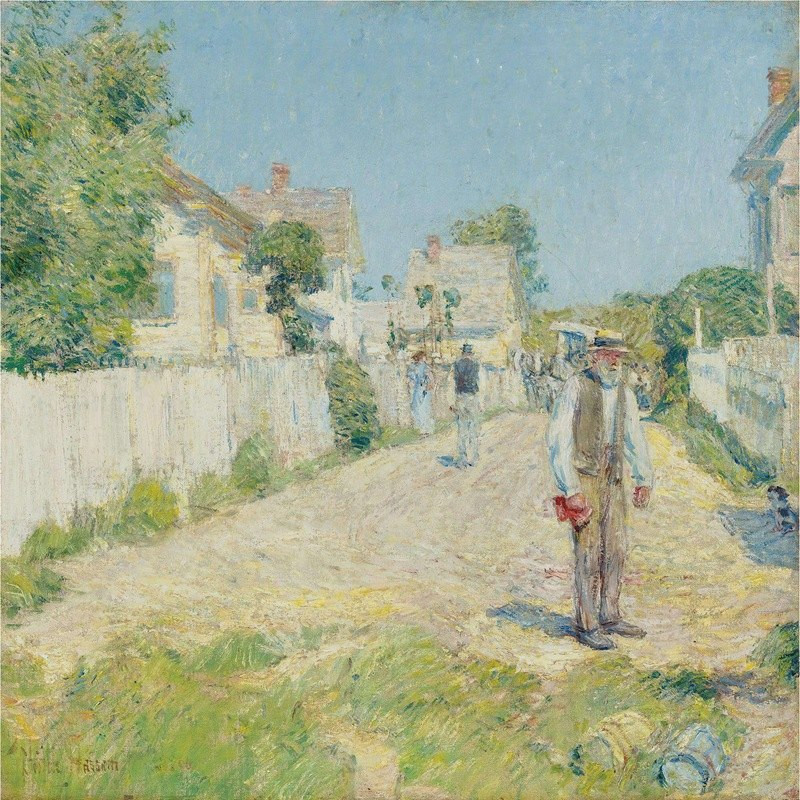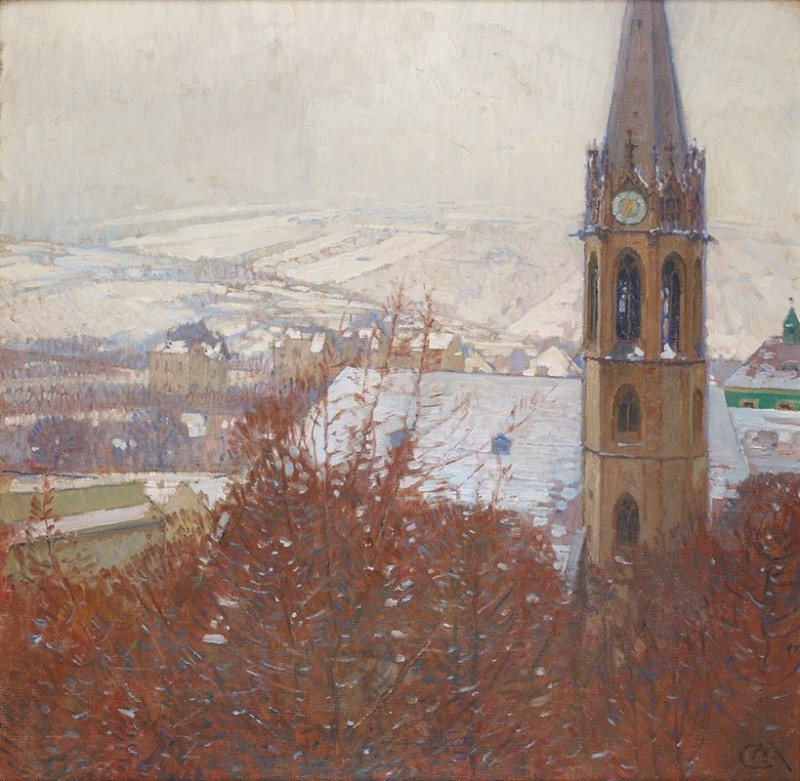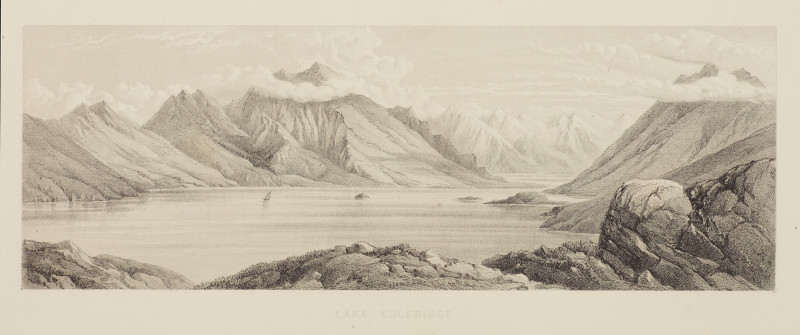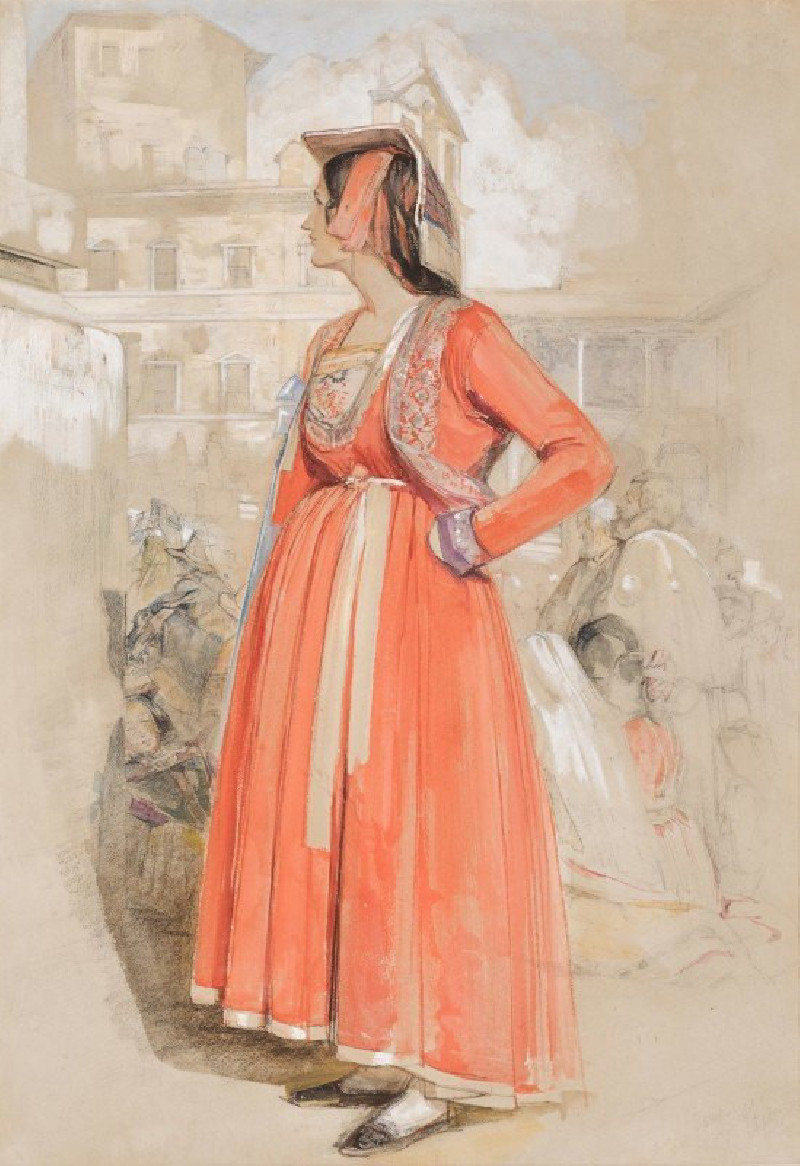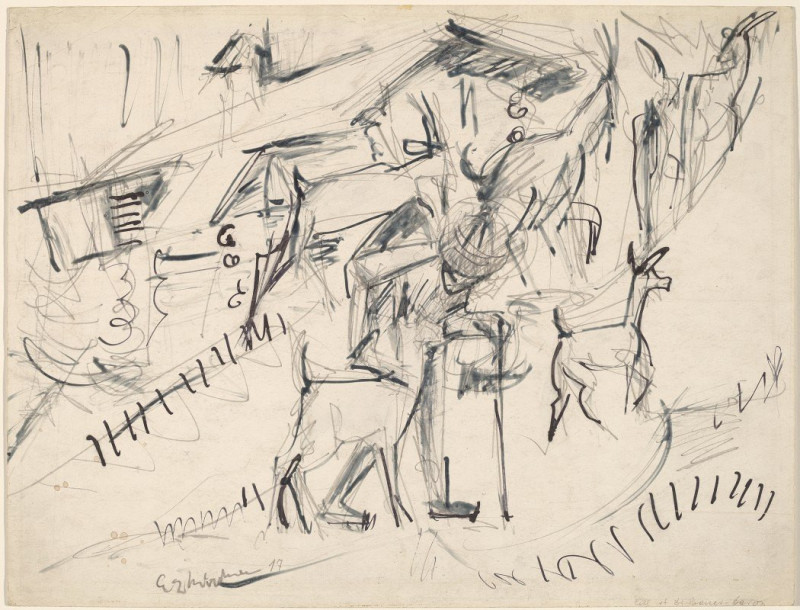Ginger Pot wit Anemones (c. 1900 - c. 1923)
Technique: Giclée quality print
Recommended by our customers
More about this artwork
Dive into the subtle elegance of "Ginger Pot with Anemones," a captivating painting by the renowned Dutch artist George Hendrik Breitner, created sometime between 1900 and 1923. This piece showcases Breitner's unique ability to blend simplicity with depth, foregrounding an earthy ginger pot brimming with vibrant anemones.The artwork presents a fascinating array of anemones arranged in an unassuming yet distinctly shaped ginger pot, standing boldly on what appears to be a wooden surface. Breitner employs a loose, impressionistic style to capture the delicate folds and colourful vibrancy of the anemones, with hues of pink, red, purple, and touches of white bursting from the dark green foliage.What draws the eye is not just the contrast of colors but the reflective quality of the pot itself, which hints at the surroundings of a modest, intimate space. The background and the surface on which the pot rests are rendered with broad strokes of muted browns and beige, focusing the viewer's attention on the floral arrangement.Breitner’s brushwork is palpable in the texture of the canvas, where each stroke adds a layer of emotion and depth, making the painting not only a visual but also a tactile experience. "Ginger Pot with Anemones" is more than a still life; it is a moment of quietude and beauty, inviting the viewer to pause and reflect on the transient beauty of nature captured in everyday settings.This piece is a testament to Breitner’s mastery in handling color and form, making it a notable work in the realms of late 19th and early 20th-century Dutch art.
Delivery
Returns
George Hendrik Breitner (12 September 1857 – 5 June 1923) was a Dutch painter and photographer. An important figure in Amsterdam Impressionism, he is noted especially for his paintings of street scenes and harbours in a realistic style. He painted en plein air, and became interested in photography as a means of documenting street life and atmospheric effects – rainy weather in particular – as reference materials for his paintings.

